Jeffrey P. Freidberg0521851076, 9780521851077, 9780511275241
Table of contents :
Cover……Page 1
Half-title……Page 3
Title……Page 5
Copyright……Page 6
Dedication……Page 7
Contents……Page 9
Preface……Page 15
Acknowledgements……Page 17
Units……Page 19
Part I Fusion power……Page 0
1.1 Introduction……Page 23
1.2.1 Background……Page 24
1.2.2 Coal……Page 26
1.2.4 Oil……Page 28
1.2.5 Nuclear power……Page 30
1.2.6 Hydroelectric power……Page 32
1.2.7 Wind power……Page 33
1.2.8 Solar power……Page 34
1.2.9 Conservation……Page 35
1.3.1 Fusion energy……Page 36
1.4 Overall summary and conclusions……Page 39
Fusion energy……Page 40
2.2 Nuclear vs. chemical reactions……Page 41
2.3 Nuclear energy by fission……Page 43
2.4.1 Neutron initiated nuclear reactions in light elements……Page 44
2.4.2 Light element fusion reactions……Page 46
The D–T reaction……Page 47
2.4.3 Energy partition in fusion reactions……Page 48
2.5 The binding energy curve and why it has the shape it does……Page 49
2.5.1 The binding energy curve……Page 50
2.5.2 The shape of the binding energy curve……Page 51
The fusion reaction……Page 55
Problems……Page 56
3.1 Introduction……Page 57
3.2.1 Cross section……Page 58
3.2.2 Mean free path……Page 59
3.2.3 Collision frequency……Page 61
The distribution function……Page 62
First generalization of the reaction rate……Page 63
Second generalization of the reaction rate……Page 64
3.4.2 The fusion cross section and power density……Page 66
The classical cross section……Page 67
Nuclear quantum mechanical effects……Page 68
3.5.1 Overview of radiation losses……Page 71
3.5.2 Calculation of W, the energy lost per particle per Coulomb collision……Page 72
3.5.3 Calculation of SB……Page 74
3.6 Summary……Page 76
The nuclear physics of fusion reactions……Page 77
Problems……Page 78
4.2 The 0-D conservation of energy relation……Page 80
4.4 Steady state 0-D power balance……Page 82
4.5.1 Ideal ignition……Page 85
4.5.2 Ignition……Page 86
4.6.1 The physics gain factor Q……Page 89
4.6.2 The engineering gain factor Q……Page 92
4.7.1 Time dependent 0-D power balance relation……Page 94
4.7.2 Thermal stability……Page 95
4.7.3 The minimum external power……Page 98
Power balance in a fusion reactor……Page 102
Problems……Page 103
5.2 A generic magnetic fusion reactor……Page 105
5.3 The critical reactor design parameters to be calculated……Page 106
5.4.1 Design goals……Page 108
5.4.2 Engineering constraints……Page 109
5.5.1 Outline of the design calculation……Page 111
5.5.2 The blanket-and-shield thickness……Page 112
The minimum cost……Page 116
The minimum coil thickness……Page 118
5.5.4 The major radius and plasma surface area and volume……Page 121
5.5.5 Power density and plasma pressure……Page 122
5.5.6 The plasma physics quantities beta and………Page 123
5.6 Summary……Page 125
Problems……Page 126
Part II The plasma physics of fusion energy……Page 129
6.1 Introduction……Page 131
6.3 Single-particle behavior……Page 133
6.4 Self-consistent models……Page 134
6.5 MHD equilibrium and stability……Page 135
6.6 Magnetic fusion concepts……Page 136
6.7 Transport……Page 137
6.8 Heating and current drive……Page 138
Overview of Fusion……Page 140
7.1 Introduction……Page 141
7.2.1 A physical picture of Debye shielding……Page 142
7.2.2 Derivation of the Debye length……Page 143
7.3 Shielding AC electric fields in a plasma – the plasma frequency……Page 146
7.3.2 Derivation of the electron plasma frequency……Page 147
7.4.1 A statistical picture of long-range collective effects……Page 150
7.4.2 The inter-particle spacing versus the Coulomb interactive distance……Page 151
7.4.3 The plasma frequency vs. the Coulomb collision frequency……Page 152
7.5 Additional constraints for a magnetic fusion plasma……Page 153
7.7 Summary……Page 155
Bibliography……Page 156
Problems……Page 157
8.1 Introduction……Page 159
8.2.1 Exact equations of motion……Page 161
8.2.2 General conservation relations……Page 162
8.3.1 Parallel motion……Page 163
8.3.2 Perpendicular motion……Page 164
8.3.3 Consequences of gyro motion……Page 166
8.4.1 Effect of a parallel electric field……Page 168
8.4.2 Effect of a perpendicular electric field……Page 169
8.5 Motion in fields with perpendicular gradients: the ∇B drift……Page 171
8.5.1 Perpendicular gradient in B with E = 0……Page 172
8.5.2 Perpendicular gradient in E with uniform B……Page 175
8.6 Motion in a curved magnetic field: the curvature drift……Page 176
8.7 Combined V and V drifts in a vacuum magnetic fieldh……Page 179
8.8 Motion in time varying E and B fields: the polarization drift……Page 180
Mathematical derivation……Page 181
A physical picture……Page 183
Mathematical analysis……Page 184
8.9 Motion in fields with parallel gradients: the magnetic moment and mirroring……Page 187
8.9.1 The mathematical formulation……Page 188
8.9.2 Solution to the equations……Page 190
8.9.3 The mirror effect and the mirror machine……Page 192
A qualitative picture of the mirror effect……Page 193
The quantitative conditions for mirroring……Page 194
The simple mirror machine……Page 195
8.10 Summary – putting all the pieces together……Page 197
Problems……Page 199
9.1 Introduction……Page 203
9.2.1 Formulation of the problem……Page 205
9.2.2 Solution to the problem……Page 208
9.3.1 The general formulation……Page 211
9.3.2 Evaluation of… and the integration over the impact parameter……Page 213
9.3.3 Integration over target velocities……Page 215
9.3.4 Properties of… and other collision frequencies……Page 216
9.4.1 Calculation of………Page 218
9.4.2 Power balance in a simple mirror machine……Page 220
9.5.1 The high-energy-ion slowing down model……Page 221
9.5.3 The alpha particle slowing down time……Page 223
9.5.4 The fraction of alpha energy transferred to electrons and to ions……Page 225
9.5.5 Discussion of beam heating……Page 226
9.6 Runaway electrons……Page 227
9.6.1 The threshold condition for runaway electrons……Page 228
9.6.2 Properties of runaway electrons……Page 230
9.7 Net exchange collisions……Page 232
9.7.1 Formulation of the problem……Page 233
9.7.2 The net momentum exchange collision rate……Page 235
9.7.3 The net energy exchange collision rate……Page 238
9.8 Summary……Page 239
Bibliography……Page 240
Problems……Page 241
10.1 Introduction……Page 243
10.2.1 Macroscopic averages……Page 244
10.2.2 Size of a fluid element……Page 245
10.2.3 When is a plasma fluid model useful?……Page 246
10.3 Conservation of mass……Page 247
10.4.1 The basic principle……Page 249
10.4.5 The pressure gradient force……Page 250
10.4.6 The collisional friction force……Page 252
10.4.7 The conservation of momentum equations……Page 253
10.5.2 The rate of change of internal energy……Page 254
10.5.3 The compression work……Page 255
10.5.4 Thermal conduction……Page 256
10.5.7 The ohmic heating power……Page 258
10.5.10 The conservation of energy equations……Page 260
10.6 Summary of the two-fluid model……Page 261
Bibliography……Page 262
Problems……Page 263
11.1 The basic issues of macroscopic equilibrium and stability……Page 265
11.2.1 Basic scaling relations for MHD……Page 266
11.2.2 The “obvious” simplifications……Page 267
11.2.3 The single-fluid variables……Page 268
11.2.5 The conservation of momentum equations……Page 269
11.2.6 The conservation of energy equations……Page 271
11.3.1 The basic idea……Page 272
11.3.2 The guiding center drift current and Ohm’s law……Page 273
11.3.3 The magnetization current……Page 275
11.4 MHD equilibrium – a qualitative description……Page 278
11.5.2 General properties – flux surfaces……Page 281
11.5.3 General properties – current surfaces……Page 282
11.5.4 General properties – magnetic pressure and tension……Page 283
11.6.1 The Phi-pinch……Page 284
11.6.2 The Z-pinch……Page 286
11.6.3 The screw pinch……Page 288
11.6.4 General definition of beta in a screw pinch……Page 289
11.7.2 The hoop force……Page 291
11.7.3 The tire tube force……Page 292
11.7.4 The 1/R force……Page 293
11.7.5 The restoring force due to a perfectly conducting wall……Page 294
11.7.6 The restoring force due to a vertical field……Page 296
The model……Page 298
The hoop force FI……Page 300
The vertical field for toroidal force balance……Page 302
The pure toroidal θ-pinch……Page 303
The Z-pinch and the screw pinch……Page 304
Rotational transform in a straight cylinder……Page 306
Rotational transform in an axisymmetric torus……Page 307
11.7.10 Toroidal force balance in configurations without toroidal current……Page 308
The model magnetic field……Page 310
The second order solution……Page 311
11.8 Summary of MHD equilibrium……Page 312
Problems……Page 313
12.1 Introduction……Page 316
12.2.1 Instabilities in physical systems……Page 317
12.2.2 The frozen-in-field-line concept……Page 319
Pressure-driven and current-driven modes……Page 321
12.3 A physical picture of MHD instabilities……Page 322
12.3.1 Interchange modes……Page 323
12.3.2 Ballooning modes……Page 324
12.3.3 Current-driven instabilities……Page 325
12.3.4 Single-particle picture of favorable and unfavorable curvature……Page 326
12.4 The general formulation of the ideal MHD stability problem……Page 327
12.4.1 The concept of linear stability……Page 328
12.4.2 The MHD linear stability equations……Page 329
12.4.3 A general property of linear MHD stability……Page 332
12.5.1 General derivation of MHD waves……Page 333
12.5.2 The shear Alfvén wave……Page 334
12.5.3 The compressional Alfvén wave……Page 335
12.5.4 The sound wave……Page 336
12.6 The linear Phi-pinch……Page 337
12.6.1 The equilibrium and perturbation……Page 338
12.6.2 The radial differential equation……Page 339
12.7 The m = 0 mode in a linear Z-pinch……Page 340
12.7.1 Derivation of the differential equation……Page 341
12.7.2 Stability of the m = 0 mode……Page 342
12.7.3 Profile implications for stabilizing the m = 0 mode……Page 343
12.8 The m = 1 mode in a linear Z-pinch……Page 344
12.8.2 The z component of the momentum equation……Page 345
12.8.4 Solution to the m = 1 eigenvalue equation……Page 346
12.9 Summary of stability……Page 348
Problems……Page 349
13.1 Introduction……Page 353
13.2.1 Overview of the LDX……Page 355
13.2.2 LDX equilibrium……Page 358
The global radial pressure balance relation……Page 359
The equilibrium beta limit……Page 360
13.2.3 m = 1 stability……Page 361
13.2.4 m = 0 stability……Page 362
13.2.5 Summary of the levitated dipole……Page 363
13.3.1 Overview of the FRC……Page 364
Creation……Page 366
Compression……Page 367
13.3.3 The FRC as a source of fusion energy……Page 369
13.4.1 Introduction……Page 370
13.4.2 The 2-D surface current equilibrium……Page 371
13.4.3 The perturbed magnetic field in the plasma……Page 374
13.4.4 The perturbed magnetic field in the vacuum……Page 375
13.4.5 The pressure balance matching condition……Page 376
13.4.6 Summary of the surface current model……Page 377
13.5.1 Overview of the RFP……Page 378
13.5.2 RFP surface current equilibrium……Page 380
The plasma contribution……Page 381
The vacuum contribution……Page 382
The pressure balance matching condition……Page 383
13.5.5 The m = 1 mode……Page 384
The vacuum and resistive wall magnetic fields……Page 387
The matching conditions……Page 389
The resistive wall stability boundary……Page 390
13.5.7 Summary……Page 392
13.6.1 Overview of the spheromak……Page 393
13.6.2 Spheromak surface current equilibrium……Page 396
13.6.3 The m = 1 tilt instability……Page 397
13.7.1 Overview of the tokamak……Page 400
The aspect ratio expansion……Page 405
The surface current pressure balance relation……Page 406
The equilibrium beta limit……Page 408
13.7.3 The circular cross section tokamak – stability……Page 409
The vacuum contribution……Page 410
The pressure balance matching condition……Page 411
The… kink instability……Page 412
The… ballooning-kink instability……Page 413
The Troyon beta limit……Page 417
13.7.4 The non-circular cross section tokamak……Page 418
The n = 0 axisymmetric instability……Page 419
A more realistic n = 0 wire model……Page 420
Stabilization of the n = 0 mode by a conducting wall……Page 422
The n = 1 ballooning-kink instability……Page 425
13.7.4 The advanced tokamak (AT)……Page 428
The effect of a wall on the kink current limit……Page 429
The effect of a wall on the ballooning-kink beta limit……Page 430
13.7.5 The spherical tokamak (ST)……Page 431
MHD beta limit in a spherical torus……Page 433
Relation between beta and pressure in tokamaks……Page 434
13.7.6 Summary of the tokamak……Page 442
13.8.1 Overview of the stellarator……Page 443
13.8.2 The Large Helical Device (LHD)……Page 444
13.8.3 Guiding center particle orbits in a stellarator……Page 446
Stellarator coordinates……Page 447
The guiding center orbits in Boozer coordinates……Page 449
13.8.4 The Wendelstein 7-X (W7-X)……Page 451
13.8.5 The National Compact Stellarator Experiment (NCSX)……Page 454
13.9.1 Goal of the analysis……Page 457
13.9.2 Reactor analysis……Page 458
13.10 Overall summary……Page 461
Advanced MHD theory……Page 463
Spherical tokamak……Page 464
Problems……Page 465
14.1 Introduction……Page 469
The starting equations……Page 471
The random walk model……Page 474
14.2.3 Particle diffusion in a magnetized plasma……Page 476
Like particle analysis……Page 478
Unlike particle analysis……Page 480
14.2.4 Thermal conductivity of a magnetized plasma……Page 483
14.3 Solving the transport equations……Page 485
14.3.1 Temperature equilibration……Page 486
14.3.2 Effect of the heating profile on the central temperature……Page 489
14.3.3 Ohmic heating to ignition……Page 492
The model……Page 493
Approximate solution to the problem……Page 494
Physical properties of the solution……Page 495
Irony – too much confinement can be a disadvantage……Page 497
14.4.1 Introduction……Page 498
14.4.2 Neoclassical transport due to passing particles……Page 499
The half-transit time……Page 500
The step size……Page 501
The transport coefficients……Page 502
14.4.3 Neoclassical transport due to trapped particles……Page 503
The fraction of trapped particles……Page 504
The bounce frequency……Page 505
The step size……Page 507
The effective collision frequency……Page 508
The trapped particle neoclassical transport coefficients……Page 509
14.4.4 The bootstrap current……Page 510
The trapped electron magnetization current……Page 511
The passing electron magnetization current……Page 512
The collision-driven bootstrap current……Page 513
14.5.1 Introduction……Page 517
The density limit……Page 519
The L–H transition……Page 520
Edge localized modes (ELMs)……Page 524
Internal transport barriers……Page 526
Experimental procedure……Page 528
Determining E……Page 529
14.5.4 Summary……Page 532
14.6.2 A superconducting ignition experiment……Page 533
The device volume……Page 534
The constraints……Page 535
Power balance……Page 536
The minimum volume experiment……Page 539
Thermal stability……Page 541
The minimum power for ignition……Page 543
14.6.4 The bootstrap fraction……Page 544
Derivation of the bootstrap fraction……Page 545
Standard monotonic profiles……Page 546
AT profiles……Page 547
14.6.5 Summary……Page 548
General references……Page 549
Reversed shear……Page 550
Problems……Page 551
15.1 Introduction……Page 554
15.2.2 Ohmic power balance……Page 557
15.2.4 The ohmic power……Page 558
15.2.5 Ohmic power balance……Page 559
15.3.1 Overview……Page 560
15.3.2 How is a neutral beam produced?……Page 561
15.3.3 The physics problem – energy required for beam penetration……Page 564
15.3.4 The technology problem – conversion efficiency in the neutralizer……Page 566
Positive ions……Page 567
Negative ions……Page 569
15.3.5 Summary……Page 570
15.4.1 Overview……Page 571
15.4.2 RF sources and launching structures……Page 572
The dielectric tensor……Page 578
Phase and group velocity……Page 580
Cutoffs and wave resonances……Page 582
Polarization……Page 583
Reflection, transmission, absorption, and mode conversion……Page 584
Accessibility……Page 585
15.4.4 Analysis of electromagnetic wave propagation in a plasma……Page 586
15.5 The cold plasma dispersion relation……Page 589
15.6 Collisionless damping……Page 591
15.6.1 Landau damping……Page 592
15.6.2 X-mode cyclotron damping……Page 597
15.6.3 O-mode cyclotron damping and generalized Landau damping……Page 603
15.7 Electron cyclotron heating (ECH)……Page 606
15.7.1 O-mode accessibility……Page 608
15.7.2 O-mode absorption……Page 609
15.7.3 X-mode accessibility……Page 612
15.7.4 X-mode absorption……Page 614
15.7.5 Summary……Page 616
15.8 Ion cyclotron heating (ICH)……Page 617
15.8.1 X-mode fundamental accessibility and polarization……Page 618
15.8.2 Fast mode second harmonic accessibility……Page 620
15.8.3 Fast mode second harmonic absorption……Page 621
15.8.4 Fast wave minority accessibility……Page 622
15.8.5 Fast wave minority absorption……Page 625
15.9.1 Overview……Page 629
15.9.2 Lower hybrid accessibility……Page 632
15.9.3 Slow wave power absorption……Page 635
15.9.4 LHCD……Page 639
15.9.5 Summary……Page 643
15.10 Overall summary……Page 644
Neutral beam heating……Page 645
Lower hybrid heating and current drive……Page 646
Problems……Page 647
16.2.1 Macroscopic equilibrium and stability……Page 653
16.2.2 Transport……Page 654
16.2.4 Alpha particle plasma physics……Page 655
16.2.5 Fusion technology issues……Page 656
16.3.1 History……Page 657
16.3.2 The new ITER……Page 659
16.4 A demonstration power plant (DEMO)……Page 662
Bibliography……Page 664
Appendix A Analytic derivation of sigma……Page 665
B.1 Definition of the radiation field……Page 670
B.2 Calculation of A and φ from a time dependent source……Page 671
B.3 Application to a single accelerating charge……Page 673
B.5 Calculation of the power radiated……Page 674
C.1 General coordinate transformation……Page 676
C.2 The partial simplification to the cross-product form of Boozer coordinates……Page 677
C.4 Elimination of the free functions………Page 678
C.5 Introduction of physical quantities into the Boozer coordinates……Page 679
C.6 The guiding center orbits in Boozer coordinates……Page 682
Appendix D Poynting’s theorem……Page 684
Index……Page 686

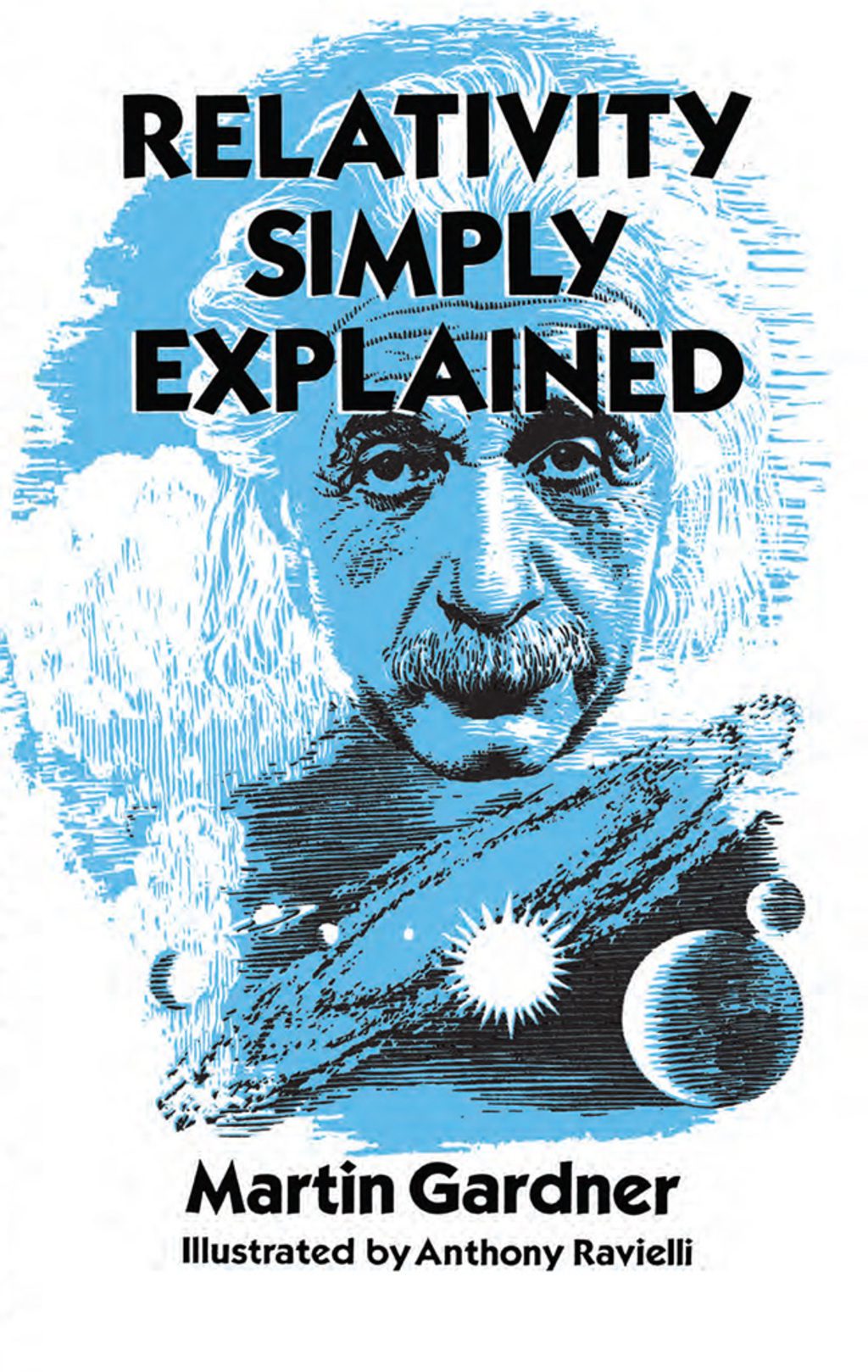
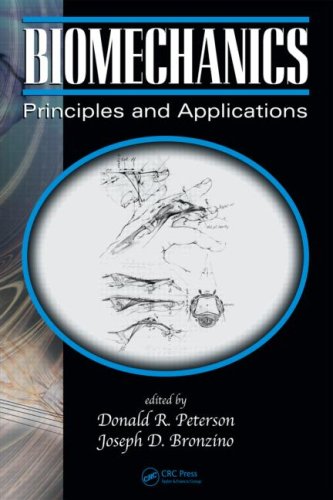
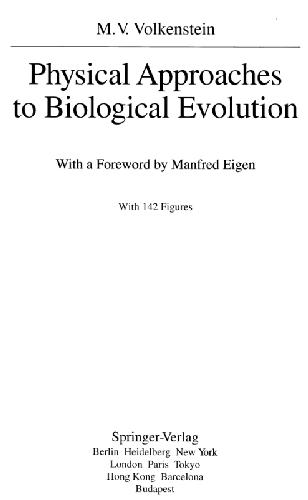
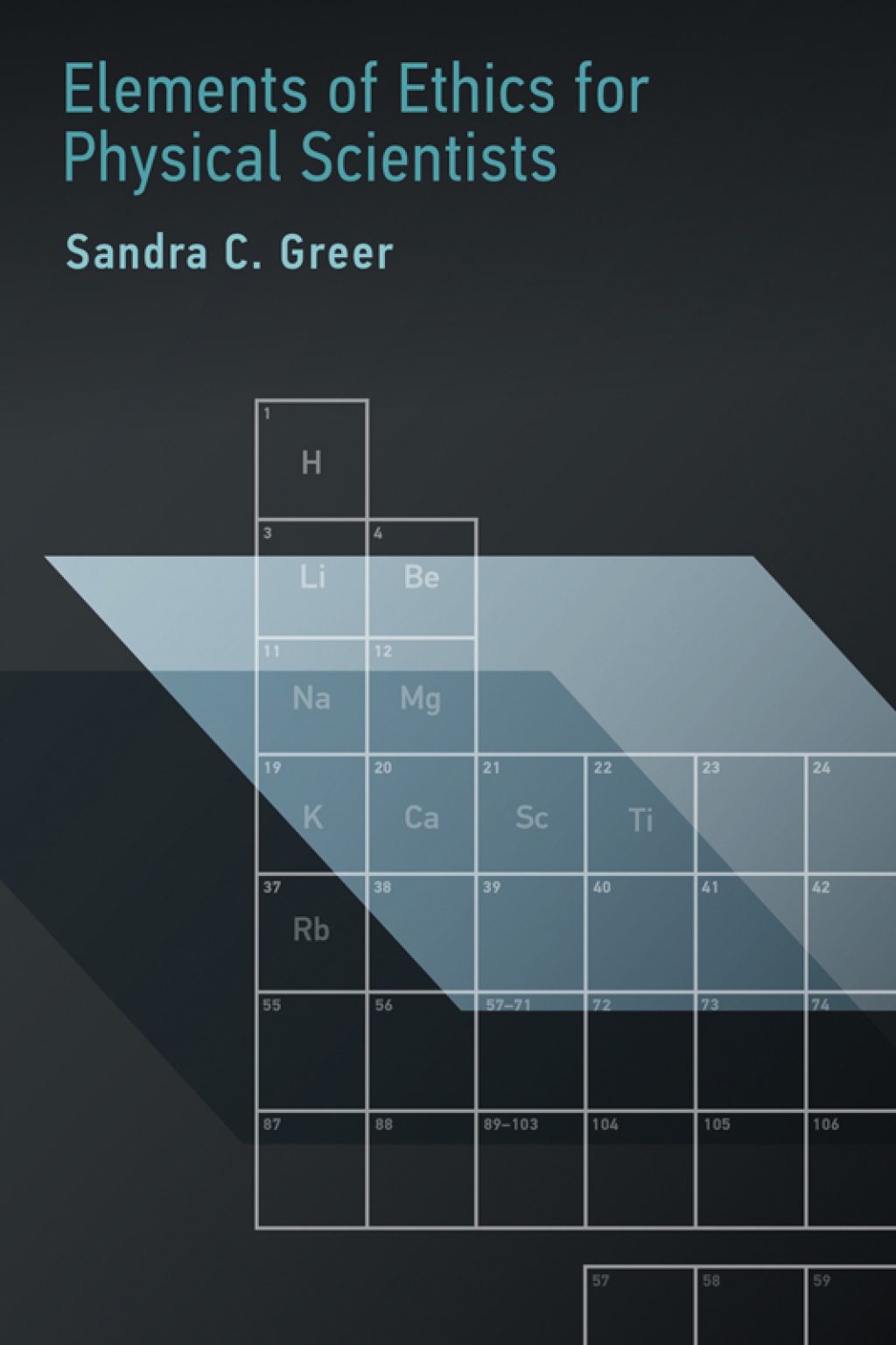
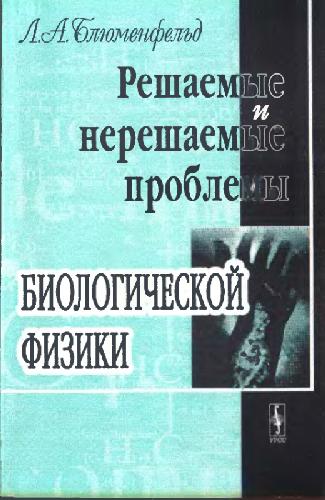
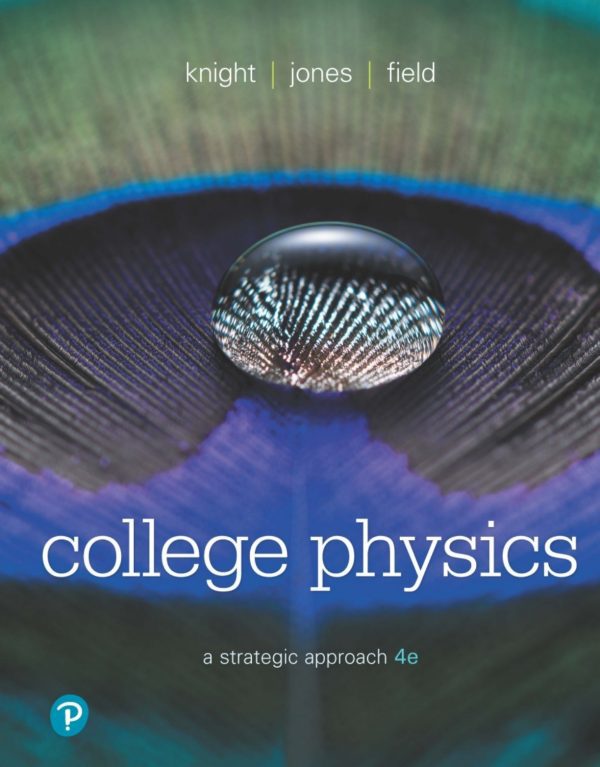
Reviews
There are no reviews yet.